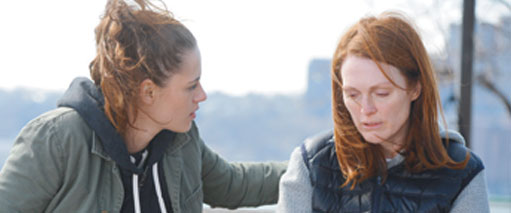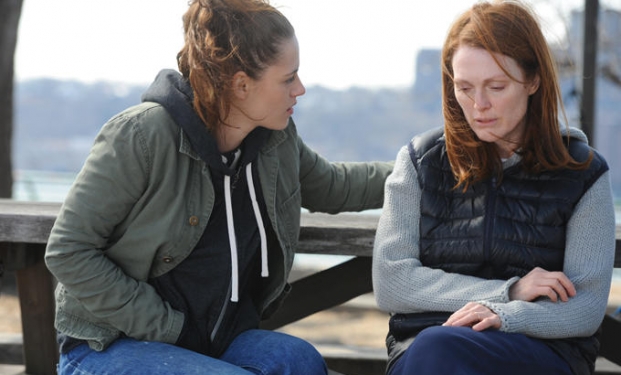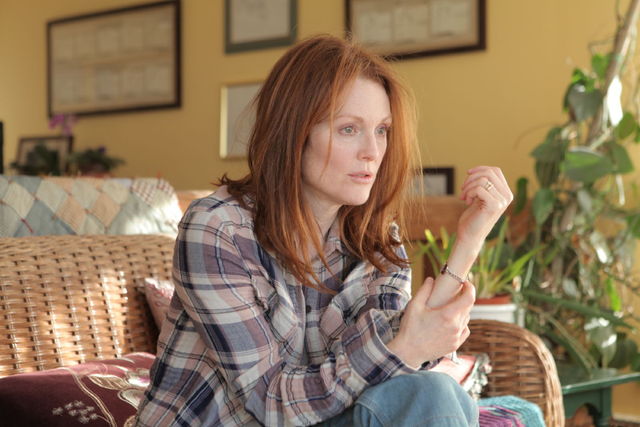Film Review: Still Alice
Alzheimer’s Hits Hard In Simple Family Drama


“I really need to know: Team Edward or Team Jacob?”

Latest Article|September 3, 2020|Free
::Making Grown Men Cry Since 1992


“I really need to know: Team Edward or Team Jacob?”
